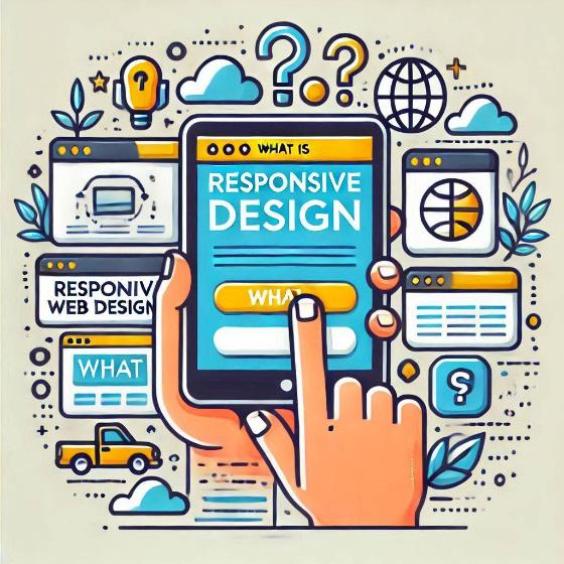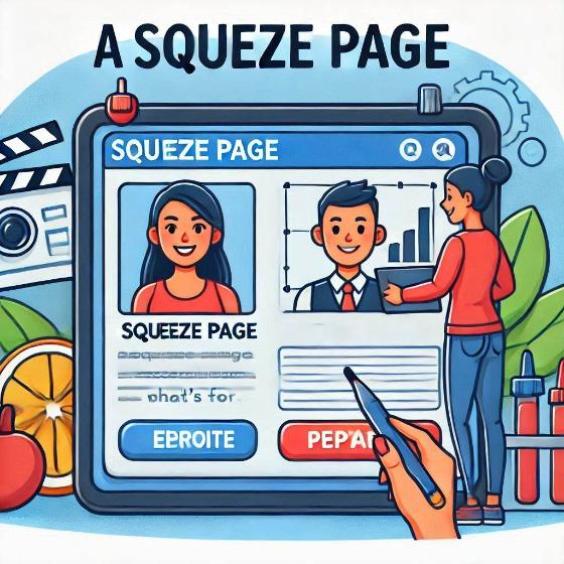What is responsive design
In the current digital age, most people access the web through mobile devices, tablets, and computers. However, each of these devices has different sizes and screen resolutions, which can affect how a website is displayed. This is where responsive web design comes into play.

What does responsive web design mean?
Responsive web design refers to the ability of a website to automatically adapt to different screen sizes and resolutions. This means that the website adjusts to the screen of the device being used to access it, providing an optimal and distortion-free user experience.
How does responsive web design work?
Responsive web design uses design and programming techniques to create websites that adjust to different screen sizes and resolutions. Some of the most common techniques include:
- Media Queries: They are instructions used to define specific styles for different screen sizes and resolutions.
- Flexbox and Grid: They are design techniques that allow for the creation of flexible and adaptable layouts for different screen sizes and resolutions.
- Relative units: They are units of measurement used to define the size of elements based on the screen size.
Benefits of responsive web design
Responsive web design offers several benefits, both for users and website owners. Some of the most important benefits include:
- Improves user experience: Responsive web design provides an optimal and distortion-free user experience, regardless of the device used to access the website.
- Increases accessibility: Responsive web design allows websites to be accessible from any device, increasing accessibility and inclusion.
- Improves search engine ranking: Search engines like Google prioritize websites that have responsive web design, which can improve their ranking in search results.
In summary, responsive web design is a design technique that allows websites to automatically adapt to different screen sizes and resolutions. This provides an optimal and distortion-free user experience, regardless of the device used to access the website. If you are a website owner, it is important to consider implementing responsive web design to improve the user experience and increase accessibility.





